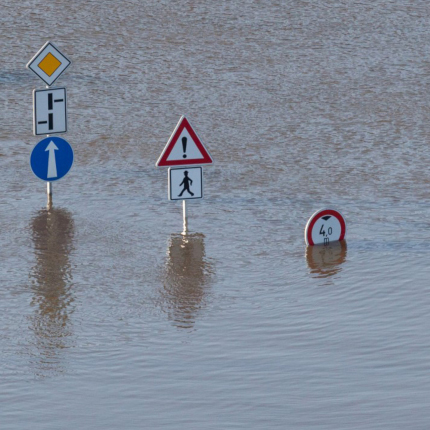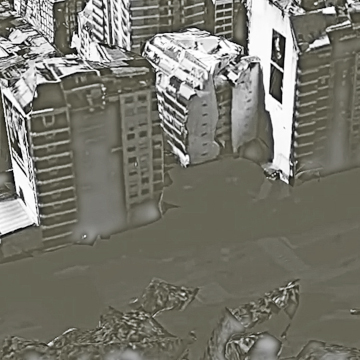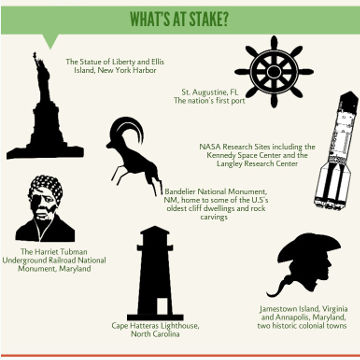When Rising Seas Hit Home: Hard Choices Ahead for Hundreds of US Coastal Communities

We can imagine hurricanes and neighborhoods underwater, as after levees failed in New Orleans, Louisiana, during Hurricane Katrina. But many important consequences of climate change are more subtle and slower moving than disasters. One such consequence is sea level rise. Unlike the catastrophic flooding that can accompany hurricanes, sea level rise impacts can take time to manifest. The final result, late this century and beyond, may be neighborhoods underwater. But in the decades before that happens, sea level rise steadily encroaches on land. It causes “sunny day” tidal flooding that reaches far beyond the areas where people living in exposed coastal cities and towns have seen such flooding. These communities can cope with the water at first. But there comes a threshold of sea level rise–induced flooding that makes normal routines impossible and drives hard choices. Americans in some communities already know what it feels like for the slow creep of sea level rise to intrude in some way on their daily lives, flooding their neighborhood or place of work, rerouting their commute, driving down the value of their home. In the decades ahead, though, many more of us will experience these changes. In the following analysis, the Union of Concerned Scientists defines a threshold for sea level rise–induced flooding that can disrupt people’s routines, livelihoods, homes, and communities.




